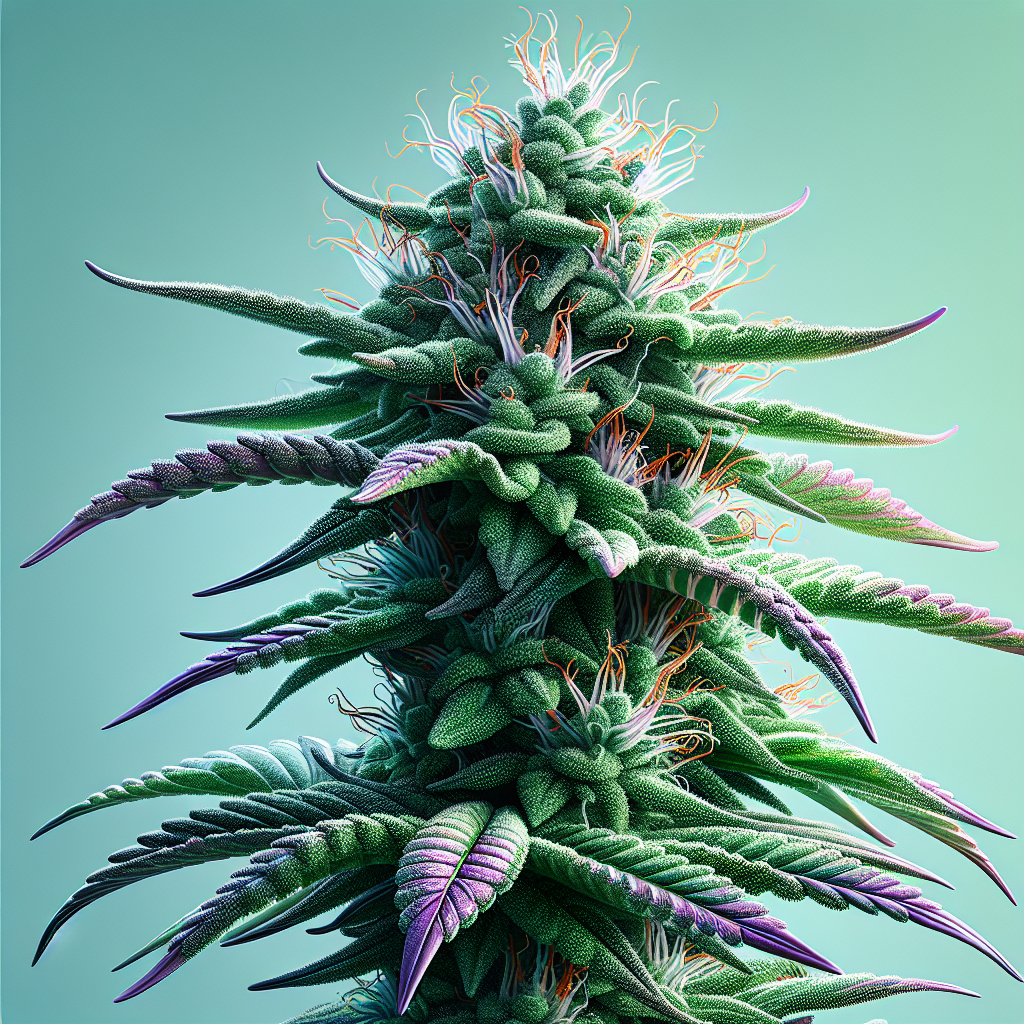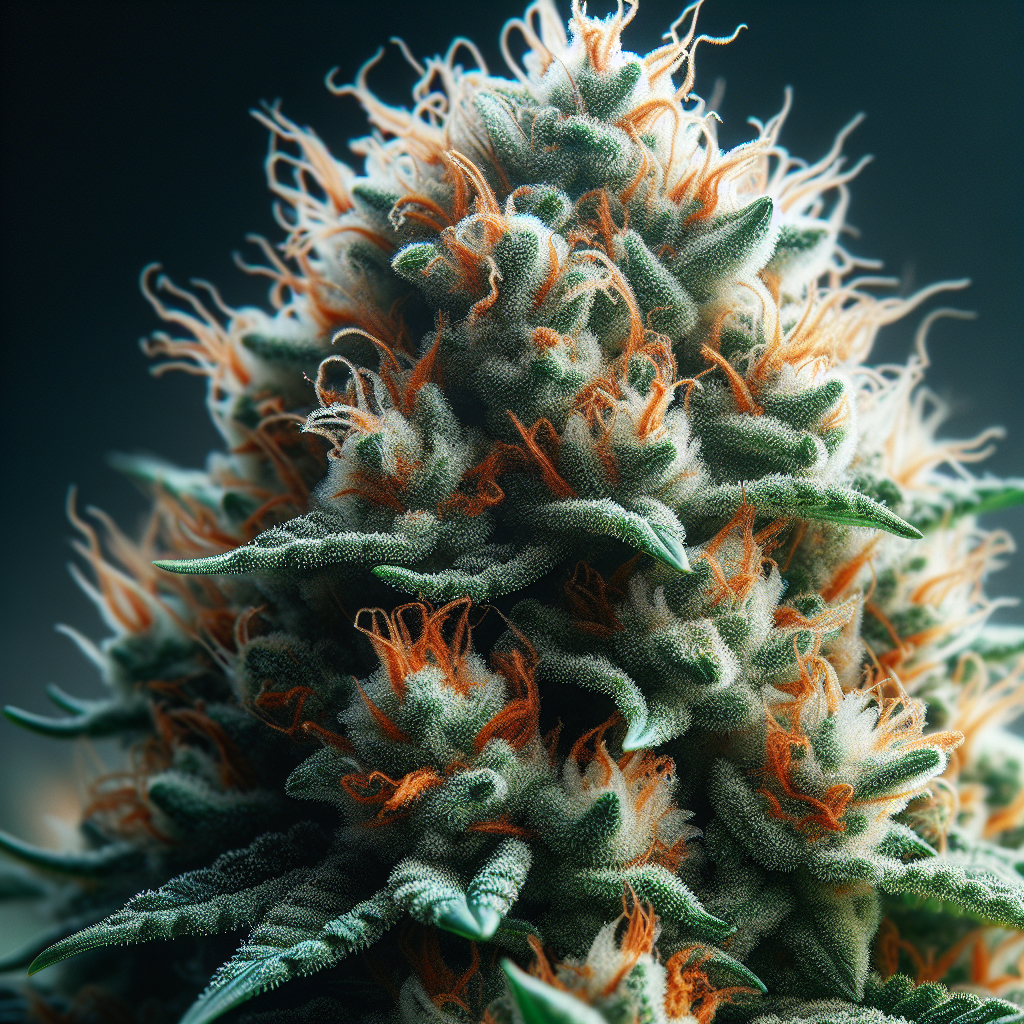Cannabis Topicals Uncovered: Do They Really Relieve Pain?
As the cannabis industry continues to expand, consumers are inundated with a myriad of products claiming to alleviate various ailments. Among these, cannabis topicals have gained immense popularity, particularly among individuals seeking pain relief without the psychoactive effects associated with traditional cannabis consumption methods. In this comprehensive pillar post, we will explore the science behind cannabis topicals, their potential benefits, types of formulations available, what studies say, anecdotal evidence, and a FAQ roundup to help clarify common queries.
The Basics of Cannabis Topicals
Cannabis topicals are non-intoxicating products infused with cannabinoids like THC (tetrahydrocannabinol) and CBD (cannabidiol), which are applied to the skin for localized relief. These products come in various forms, including lotions, balms, creams, oils, and patches. Unlike other consumption methods, such as edibles or smoking, topicals do not enter the bloodstream. Instead, they interact with cannabinoid receptors located in the skin and underlying tissues.
How Do Cannabis Topicals Work?
The human body has an endocannabinoid system (ECS) that plays a key role in regulating several physiological processes, including pain sensation, inflammation, and immune responses. The ECS consists of cannabinoid receptors (CB1 and CB2), endocannabinoids produced by the body, and the enzymes that break them down.
When applied topically, cannabinoids from cannabis topicals engage with the CB2 receptors concentrated in the skin, potentially influencing inflammation and pain signals without producing the high associated with THC. This localized interaction is what makes topicals particularly appealing for those seeking relief from conditions like arthritis, muscle pain, and skin irritations.
Types of Cannabis Topicals
Cannabis topicals come in various formulations, each with unique properties and applications. Understanding the different types can help consumers choose the right product for their needs.
1. Creams and Lotions
Creams and lotions are perhaps the most common types of cannabis topicals. These water-based formulations typically contain moisturizing agents and are easily absorbed into the skin. They are often infused with CBD or THC, along with additional botanical extracts aimed at enhancing their anti-inflammatory properties.
2. Balms and Salves
Balms and salves, usually oil-based, are thicker and more potent than lotions. Due to their consistency, they tend to provide prolonged relief and can create a protective barrier on the skin, allowing for slower absorption of cannabinoids. These products are ideal for targeting specific areas of pain.
3. Oils and Tinctures
Cannabis-infused oils can be used both topically and for oral consumption. When applied to the skin, these oils offer concentrated cannabinoid benefits. Users often find that they can customize the dosage by adjusting the amount of oil they apply.
4. Patches
Cannabis patches deliver cannabinoids transdermally, allowing for prolonged, steady release over time. This method bypasses first-pass metabolism in the liver, potentially resulting in more effective dosing. Patches are ideal for users seeking long-lasting relief.
5. Bath Products
Bath bombs and salts infused with cannabis can provide an enjoyable and therapeutic experience. When added to a hot bath, these products allow for whole-body relaxation while delivering localized cannabinoid benefits to the skin.
Potential Benefits of Cannabis Topicals for Pain Relief
Cannabis topicals offer various potential benefits for individuals seeking pain relief:
1. Targeted Relief
One of the significant advantages of topicals is their ability to provide targeted relief. Users can apply products directly to areas of discomfort, often leading to faster and more effective results than systemic treatments.
2. Non-Psychoactive
Unlike traditional cannabis consumption methods, topicals do not produce psychoactive effects. This aspect makes them an attractive option for individuals who want to avoid feeling high while still reaping the benefits of cannabinoid therapy.
3. Reduced Side Effects
Topicals tend to have fewer side effects, as they primarily affect localized areas rather than the entire body. This localized action reduces the risk of experiencing common side effects associated with systemically consumed cannabinoids.
4. Complementary to Other Treatments
Cannabis topicals can be used in conjunction with other pain management strategies, such as physical therapy, massage, or over-the-counter medications. This combination may enhance overall pain relief and improve the quality of life.
Scientific Evidence Supporting Cannabis Topicals for Pain Relief
The scientific exploration of cannabis topicals is still in its infancy, but several studies suggest they may be effective for pain management.
A Study on Localized Pain Relief
A 2015 animal study published in the Journal of Pain Research examined the effects of cannabinoid-infused topical creams. The results indicated that the application of CBD cream significantly reduced joint swelling and pain in rats. While animal studies do not directly translate to human experience, the findings lay groundwork for further research.
Neuropathic Pain
A study published in Pain Medicine in 2020 explored the therapeutic effects of topical CBD on patients dealing with neuropathic pain. Patients applying CBD topically reported reduced pain levels and a decrease in discomfort related to nerve pain.
Arthritis Treatment
In 2021, researchers published findings in the European Journal of Pain suggesting that topical CBD could reduce inflammation and pain in arthritic joints in animal models. These promising results indicate how cannabinoids might effectively treat degenerative joint diseases.
Anecdotal Evidence: Users’ Experiences
While scientific research is crucial, personal experiences also matter when evaluating the efficacy of cannabis topicals. Many users report positive results, citing significant pain relief and improved mobility after using cannabis-infused creams and balms.
Case Study: Chronic Pain Sufferer
Consider a 42-year-old woman diagnosed with fibromyalgia who struggled to find relief from persistent pain. After trying various treatments without success, she turned to cannabis topicals. Within a few weeks of consistent use, she noted substantial decreases in localized pain and muscle tension.
User Reviews: What People Are Saying
Online reviews and forums dedicated to cannabinoid therapies reveal numerous testimonials from satisfied users. Many praise the immediate effects of topical applications, feeling relief within minutes during flare-ups of chronic pain or inflammation. However, some users do share stories of non-response or mild irritation due to other ingredients.
Safety and Potential Side Effects
While cannabis topicals are generally considered safe, it is essential to be aware of potential issues. Common side effects include skin irritation or allergic reactions due to other ingredients present in some products. As with any new product, conducting a patch test—applying a small amount to a discreet area of skin—is advisable, especially for those with sensitive skin.
Drug Interactions
Although the risk of system-wide interactions from topical cannabis is low, individuals who are on medication should consult with healthcare professionals, especially if they are using topical products containing THC. Some individuals may also prefer CBD-only topicals, which would avoid the psychoactive risks.
The Future of Cannabis Topicals in Pain Relief
As scientific understanding of cannabinoids expands and consumer interest grows, we can expect to see more research dedicated to cannabis topicals. Future studies may focus on optimal formulations, dosages, and specific conditions best treated with topical applications. Additionally, as regulations evolve, consumers may gain access to even more sophisticated products.
FAQ Roundup
Q1: What are cannabis topicals, and how do they work?
Cannabis topicals are non-intoxicating products infused with cannabinoids like CBD and THC that are applied to the skin for localized pain relief. They work by interacting with the endocannabinoid system’s receptors in the skin without entering the bloodstream.
Q2: Are cannabis topicals psychoactive?
No, cannabis topicals are non-psychoactive, especially those containing CBD or low levels of THC. Users do not experience the "high" typically associated with cannabis consumption.
Q3: How quickly do cannabis topicals provide relief?
The onset of relief can vary based on the product, individual, and area of application. Most users report feeling effects within a few minutes to a couple of hours.
Q4: Can I use cannabis topicals with other medications?
Consult with a healthcare professional before using cannabis topicals if you are on other medications to avoid potential interactions.
Q5: Are there any side effects associated with cannabis topicals?
Common side effects may include skin irritation and allergic reactions. It’s advisable to conduct a patch test before full use.
Q6: What conditions can be treated with cannabis topicals?
Cannabis topicals may potentially alleviate pain from conditions such as arthritis, muscle soreness, skin irritations, and neuropathic pain.
Q7: How should I store my cannabis topicals?
Store cannabis topicals in a cool, dry place away from direct sunlight to maintain their efficacy and shelf life.
Q8: Are cannabis topicals legal?
The legality of cannabis topicals varies by region. It is essential to check local regulations concerning cannabis products and their use.
Q9: Where can I buy cannabis topicals?
Cannabis topicals can be purchased in licensed dispensaries, online retailers, or specialty health stores, depending on local laws.
Q10: What should I look for when choosing a cannabis topical?
Seek products that provide third-party lab testing, clear labeling of cannabinoid concentrations, and a transparent ingredient list. Additionally, consider customer reviews for user experiences.
Conclusion
Cannabis topicals represent a promising avenue for individuals seeking effective, localized pain relief without the psychoactive side effects of traditional cannabis use. While the scientific evidence continues to evolve, anecdotal reports from users suggest these products may help address various pain conditions. As more studies emerge and products become increasingly sophisticated, cannabis topicals could become a go-to option for many individuals navigating the complexities of pain management.





